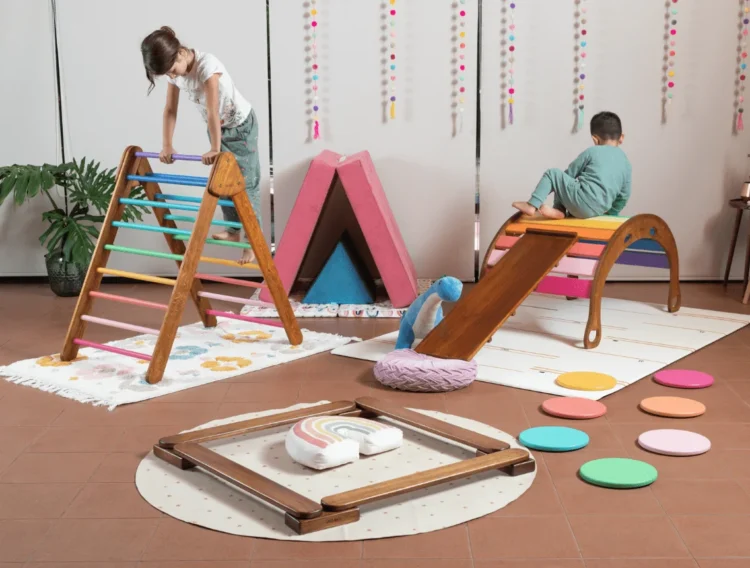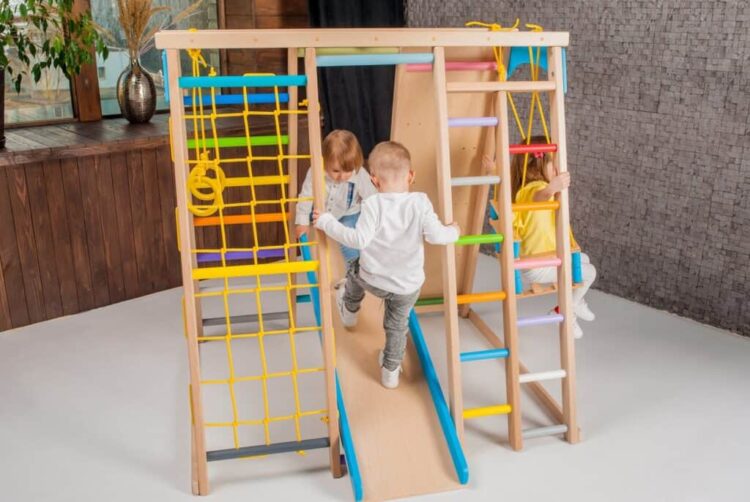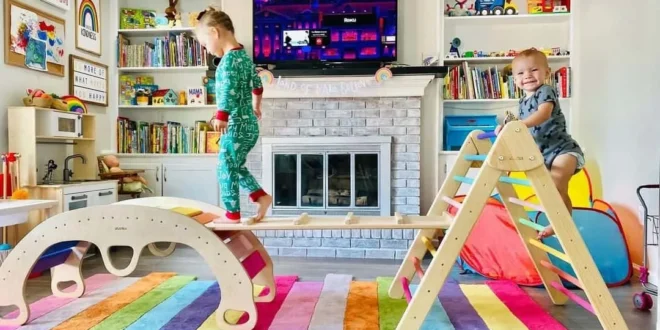If you want your kids to stay entertained and active even during a rainy day, then an indoor playground is the perfect solution! With a few simple design elements, you can create an engaging and safe space for your children to explore and play. Read on to find out how to design an indoor playground for your kids!
Choosing the Right Location
You want to pick a spot that will be safe and inviting, but also provide the stimulation children need to stay active and engaged. Here are some important factors to consider when selecting an ideal location for your indoor playground:
Consider how much space you need for running activities, slides, foam pits, and more. Remember that people take up space as well, so leave plenty of leeways when measuring out areas if you can.
Designing the Layout
This includes deciding on what types of equipment should be included, where each component will go, and the overall size you are working with — a larger space allows for more area for active play.
Once you have established your main guidelines, it is then time to break down your layout into more specific areas. Consider designating separate zones within your playground, such as an obstacle course area, a playhouse corner, or an interactive station — this will provide children with options and encourage them to move around within the space. When designing each zone or component within your indoor playground, keep in mind that it should accommodate various age groups and abilities.

Creating a Safe Environment
Flooring should be comfortable, slip-resistant, long-lasting, and easy to clean; use soft foam floor tiles or rubber mats over a hard surface. Padding should be applied around any potential impact points such as steps and platforms or around edges of furniture specifically designed for the play area. Equipment should also be designed with safety considerations in mind such as no protruding screws or sharp edges, no moving parts which could pinch little fingers, railings, and protecting netting if toys require elevation from the ground level, etc.
Ensuring that the site is well-lit both from natural light and artificial sources is essential for safety reasons so children can clearly see both their environment and those near them when playing.
Selecting the Right Equipment
Selecting the right equipment when designing an indoor playground is essential for ensuring the safety and enjoyment of children. There is a wide range of products available, so it is important to be aware of the options and choose products that are age-appropriate and meet current ASTM standards.
In addition to traditional components like slides and swings, think about incorporating sensory-based activities such as sound walls or water tables that stimulate children’s curiosity in a fun manner. You should also consider interactive items like bouldering walls or soft play systems with climbing tunnels for multiple users.

Maintenance and Cleaning
It is important to keep your playground clean and well-maintained. Kids spend a significant amount of time playing in this environment, and dirt, debris, germs, and other contaminants can quickly build up over time. Cleaning should be done on a regular basis, both to maintain the play area’s appearance and to keep it safe for users.
Regular cleaning can be done with a broom, dustpan, or vacuum cleaner. Be sure to pay special attention to Carpeting surrounding the equipment – crumbs from snacks and spills from drinks are frequent culprits that need extra attention.
Final Words
Children love spending time outdoors, but sometimes it’s just not possible to get them outside. That’s where indoor playgrounds come in handy! They provide the same fun and excitement as an outdoor playground, without all of the hassles. Creating one for your kids can be a fun and educational experience. With the right design, you can create a safe and exciting space for them to explore and have fun.
 Hi Boox Popular Magazine 2024
Hi Boox Popular Magazine 2024



